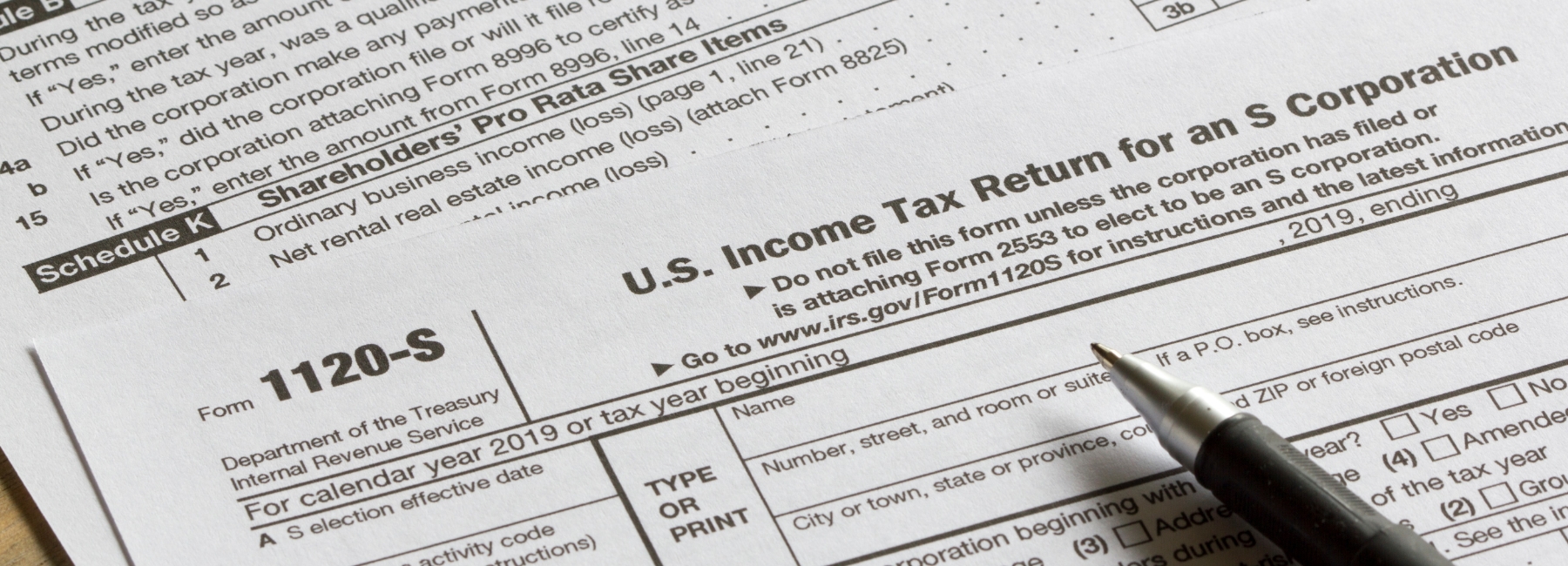Business Content
What is an S corp?

If you’re launching a business venture, is forming an S corporation (S corp) the right move?
In this article, we’ll cover the key characteristics of an S corp and how to set one up.
What Is an S Corp?
An S corporation, short for “Small Business Corporation” and commonly abbreviated as “S corp,” is an entity that has elected a special tax status with the Internal Revenue Service (IRS). An S corp is a unique blend of a partnership and a corporation, combining the tax advantages of the former with the liability protection of the latter.
Most firms that elect S corp status do so for the tax perks.
This is an ideal arrangement for small to medium-sized businesses looking to save on taxes while retaining the benefits of corporate structure. However, the decision to set up a corporation and elect S corp status should be made carefully considering the business’s needs, future growth plans, and tax implications.
Purpose
Most businesses can elect S corp status if they are domestic corporations and have only allowable shareholders. If a company makes more than 25% of its gross revenue from passive sources like rent or royalties, it is ineligible for S corp status. Certain banks, insurance companies, and domestic international sales corporations may also be ineligible.
For the latest changes and updates, go to irs.gov/businesses/small-businesses-self-employed/s-corporations.
Ownership
S corps have restrictions on who can be a shareholder (for example, they must be U.S. citizens or resident aliens), and they’re limited to 100 shareholders. Furthermore, S corps cannot be owned by C corps, other S corps, LLCs, partnerships, trusts, or estates.
Operations
There are no specific operational rules for S corps beyond the compliance and licensing requirements that apply to the underlying business entity. If you’re establishing a corporation, you must elect a board of directors, adopt bylaws, and hold shareholder meetings.
Management
Ultimately, an S corp can be managed according to the desires of its leadership and the regulations that apply to its underlying entity type. The management is typically structured similarly to a standard corporation. It involves a board of elected directors and officers, which oversees the company’s direction and contributes to major business decisions. Officers such as the CEO or president are responsible for the day-to-day operations and management of the company.
Liability
S corps provide limited liability protection, which means the personal assets of shareholders are generally protected from the debts and liabilities of the corporation. However, S corp shareholders must adhere to corporate formalities and treat the corporation as a separate legal entity to maintain liability protection.
Under this arrangement, creditors typically can’t pursue shareholders’ assets to pay off business debts. However, this protection is not absolute. Shareholders might be personally liable if they engage in fraudulent business activities or guarantee a loan.
Taxation
S corps file an informational federal return (Form 1120-S), but no income tax is paid at the corporate level. Instead, shareholders of S corporations report income and losses on their personal tax returns and are assessed tax at their individual income tax rates. This prevents corporations from double taxation, in which profits are taxed at the corporate level, distributed as dividends, and taxed again as income.
How to Form an S Corp
You can follow these straightforward steps to elect S corp status:
- Choose a name that is not currently in use within the S corp jurisdiction.
- Confirm your eligibility according to the guidelines above and current IRS regulations.
- Establish the board of directors as a governing body representing the shareholders.
- Issue stock.
- File articles of incorporation (and possibly a separate document indicating the business purpose).
- Update your bylaws or operating agreement to reflect any changes in ownership structure.
- Obtain an EIN from the IRS if you don’t already have one.
- Fill out IRS Form 2553, which includes getting the written consent of all shareholders.
- File with a registered agent.
- Use IRS Form 1120-S to file information returns on an annual basis going forward.
Before you can elect S corp status, you must first form a corporation. This is done by filing articles of incorporation with the state where you plan to operate your business. This step establishes your business as a C corporation, but once formed, owners can elect S corporation status for tax purposes.
This is done by filing IRS Form 2553, “Election by a Small Business Corporation,” and must be completed within a certain time frame. Specifically, it needs to be filed no more than two months and 15 days after the beginning of the tax year in which the election is to take effect.
S corp status can provide valuable tax advantages, and for many eligible enterprises, it can be a winning scenario. But it’s important to note the requirements and limitations.
Learn More
For more individualized guidance on propelling your enterprise in the right direction, contact me.